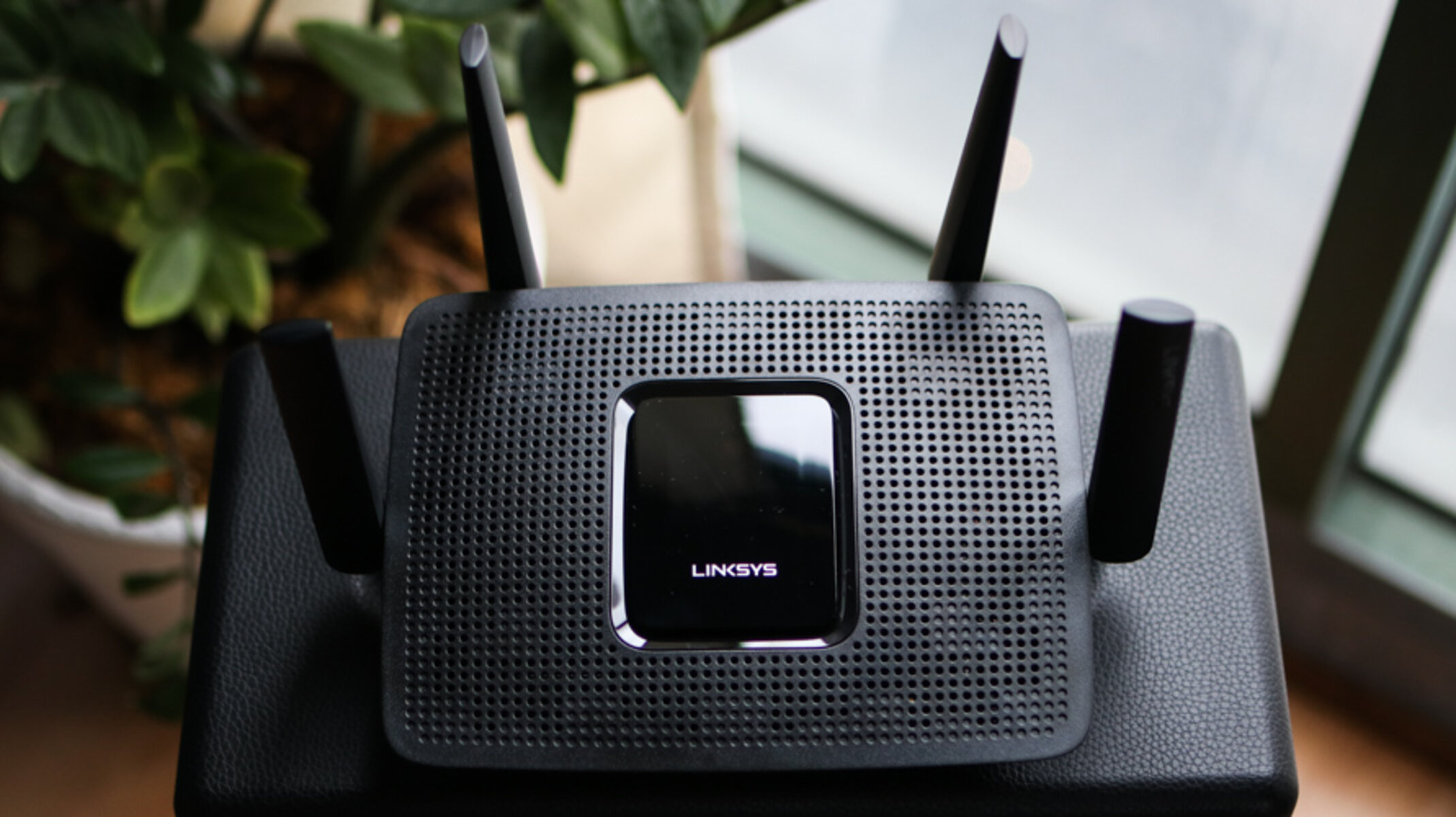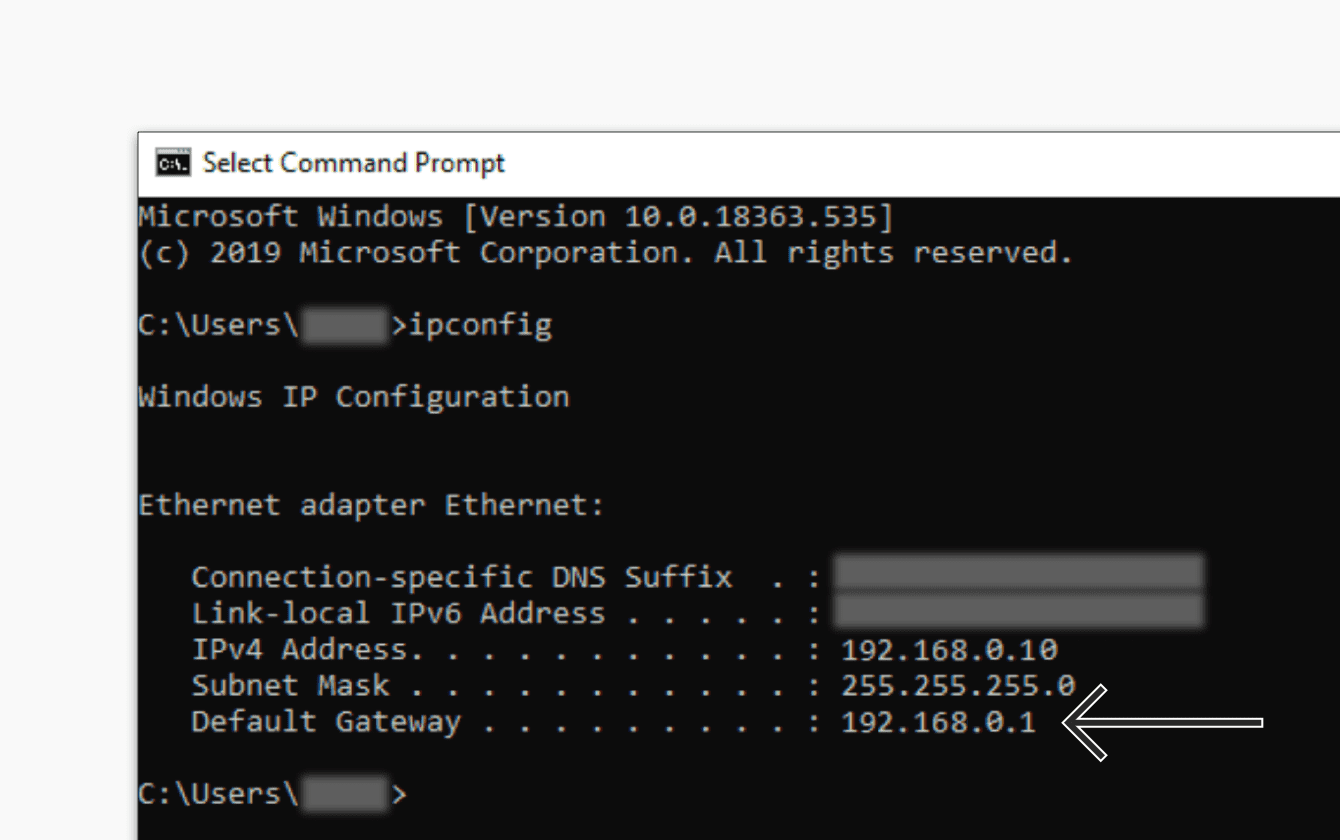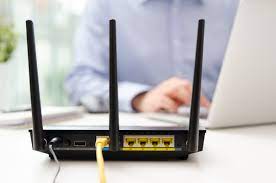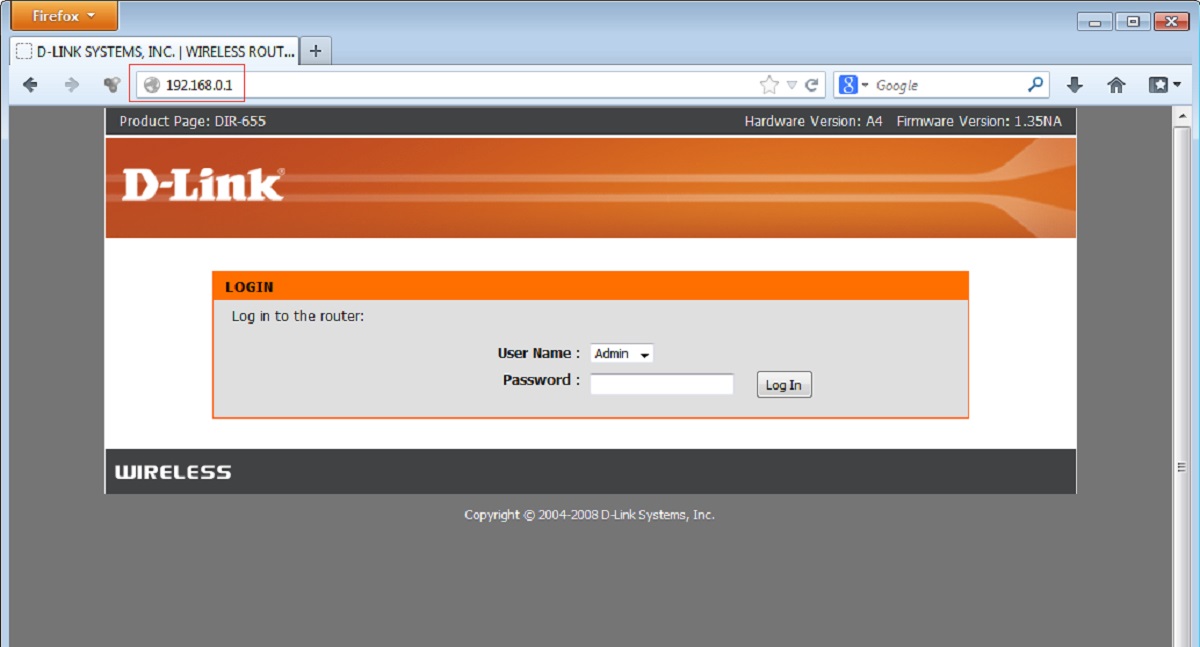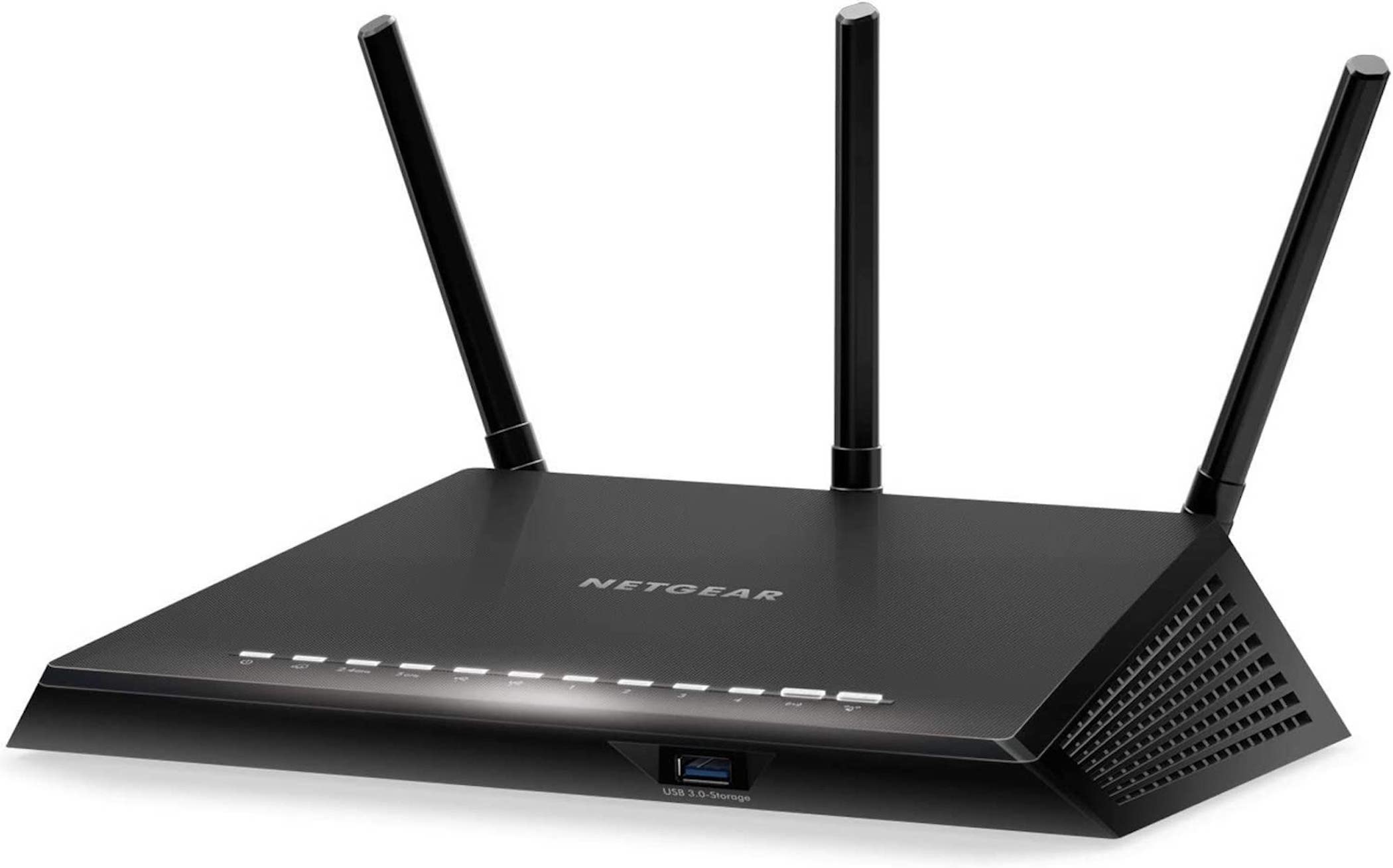Introduction
When it comes to troubleshooting network issues or making changes to your router’s settings, knowing its IP address is crucial. The IP address serves as the unique identifier for your router on a network. However, with so many devices and network configurations, finding your router’s IP address might seem daunting.
In this article, we will explore various methods to help you find your router’s IP address effortlessly. Whether you are using a Windows computer, a Mac device, or even a smartphone, we’ve got you covered with step-by-step instructions.
Understanding how IP addresses work is important for the process. An IP address is a series of numbers separated by periods (e.g., 192.168.1.1) that identifies a device or network on the internet. Every router has its own unique IP address, which allows devices to communicate with it and access its settings.
Now, let’s dive into the different methods you can use to find your router’s IP address. From using the command prompt to scanning your network, we’ll explore a range of options to suit your needs.
Understanding IP Addresses
Before we delve into the methods of finding your router’s IP address, it’s essential to have a basic understanding of what an IP address is and how it functions.
An IP address, which stands for Internet Protocol address, is a unique numerical identification assigned to each device connected to a computer network. It serves as the device’s address, allowing it to communicate and send data over the network. IP addresses come in two main flavors: IPv4 (Internet Protocol version 4) and IPv6 (Internet Protocol version 6).
IPv4 addresses are composed of four sets of numbers, separated by periods, with each set ranging from 0 to 255. For example, 192.168.1.1 is an IPv4 address commonly used for private networks and is frequently associated with routers.
However, with the increasing number of devices being connected to the internet, IPv4 addresses are rapidly depleting. This led to the development of IPv6, which uses a different addressing scheme. IPv6 addresses are longer and are composed of eight groups of letters and numbers, separated by colons.
Although IPv6 is gradually being adopted, many networks and routers still primarily use IPv4. Therefore, when finding your router’s IP address, you will likely be dealing with an IPv4 address.
Knowing your router’s IP address is crucial for managing and configuring your network settings. It allows you to access the router’s administration panel, where you can change your Wi-Fi password, set up port forwarding, enable parental controls, and more.
Now that we have a better understanding of what an IP address is and its significance, let’s move on to the different methods you can use to find your router’s IP address.
Ways to Find Your Router’s IP Address
Now that we understand the importance of an IP address and its role in identifying a device on a network, let’s explore the various methods you can use to find your router’s IP address.
1. Method 1: Using the command prompt (Windows)
If you are using a Windows computer, one of the easiest ways to find your router’s IP address is by using the command prompt. Simply open the command prompt by typing “cmd” in the Windows search bar, and then enter the “ipconfig” command. Look for the “Default Gateway” entry, and the IP address listed next to it is your router’s IP address.
2. Method 2: Using the network settings (Mac)
For Mac users, finding the router’s IP address is straightforward. Go to the Apple menu and click on “System Preferences.” Then, select “Network” and choose your active network connection. In the network settings window, you will find the router’s IP address listed as the “Router” or “Default Gateway” value.
3. Method 3: Using the router’s documentation or manufacturer’s website
If you still have the router’s documentation or know the manufacturer’s name and model number, you can find the IP address in the manual or on the manufacturer’s website. Look for the section that provides information about accessing the router’s settings and management interface.
4. Method 4: Using a network scanning tool
If you have a more advanced technical knowledge, you can use network scanning tools like Nmap or Angry IP Scanner. These tools help you discover all the devices connected to your network, including your router. Once the scan is complete, look for the device with the manufacturer matching your router and note down its IP address.
5. Method 5: Using a smartphone app
If you prefer using your smartphone, you can download network scanning apps like Fing or Net Analyzer that allow you to scan your network and display the connected devices. Similar to the network scanning tools, look for the device with the corresponding manufacturer to find your router’s IP address.
With these methods at your disposal, you can easily find your router’s IP address regardless of the device you are using. Having this information will enable you to access the router’s settings and make the necessary configurations to optimize your network.
Method 1: Using the Command Prompt (Windows)
If you are using a Windows computer, one of the easiest and quickest ways to find your router’s IP address is by using the command prompt. Here’s how you can do it:
- Press the Windows key on your keyboard or click on the Windows icon in the taskbar to open the Start menu.
- In the search bar, type “cmd” and press Enter. This will open the Command Prompt.
- In the Command Prompt window, type “ipconfig” and press Enter. This command will display network configuration information.
- Look for the “Default Gateway” entry in the list of information displayed. The IP address listed next to it is your router’s IP address.
It is important to note that the “Default Gateway” IP address represents the entry point or the router through which your computer connects to the internet or local network.
Once you have identified the router’s IP address, you can open a web browser, type it into the address bar, and press Enter. This will take you to the router’s login page where you can access its settings and configurations.
Using the command prompt to find the router’s IP address is a reliable method, as it bypasses the need for third-party applications or additional tools. It is suitable for both experienced users and beginners, as it provides a straightforward and direct solution.
Now that you know how to find your router’s IP address using the command prompt in Windows, you can proceed to configure your network settings or troubleshoot any issues you may encounter with your router.
Method 2: Using the Network Settings (Mac)
If you are using a Mac device, finding your router’s IP address is a breeze using the network settings. Follow the steps below to locate it:
- Click on the Apple menu at the top-left corner of your screen and select “System Preferences.”
- In the System Preferences window, click on the “Network” icon. This will open the network settings.
- From the list of available network connections on the left-hand side, select your active network connection (Wi-Fi or Ethernet). It will have a green dot next to it.
- In the network settings, you will see various details about your network connection. Look for the “Router” or “Default Gateway” value. This is your router’s IP address.
The “Router” or “Default Gateway” value represents the IP address of your router, serving as the entry point for your Mac’s internet connection.
Once you have identified your router’s IP address, you can open a web browser, enter the IP address into the address bar, and press Enter. This will take you to the router’s login page, where you can access its settings and make any necessary changes.
Using the network settings in macOS provides a user-friendly approach to finding your router’s IP address. It eliminates the need for any third-party applications or complex configurations, making it accessible for users of all levels of technical expertise.
Now that you know how to locate your router’s IP address using the network settings on your Mac, you can easily access and manage your router’s configurations, such as setting up Wi-Fi passwords, adjusting security settings, or implementing parental controls.
Method 3: Using the Router’s Documentation or Manufacturer’s Website
If you still have the documentation that came with your router or know the manufacturer and model of your device, finding the router’s IP address can be a straightforward process. Here’s how:
- Retrieve the documentation or user manual that came with your router. If you don’t have the physical copy, you can often find it on the manufacturer’s website by searching for your router’s model.
- Locate the section in the documentation or manual that provides instructions on accessing the router’s settings or administration panel.
- In this section, you will find the default IP address listed or instructions on how to find it. The IP address is typically mentioned as the “Default Gateway” or “Access Point” address.
If you’re unable to find the documentation or manual, another option is to visit the manufacturer’s website. Look for the support or download section and search for your router’s model. Within the available resources, you should be able to find a manual or guide that provides the necessary information, including the router’s default IP address.
By referring to the router’s documentation or the manufacturer’s website, you can quickly find the IP address and access your router’s settings page. From there, you can customize your network settings, apply security measures, and make any necessary configurations to optimize your router’s performance.
Remember, after accessing your router’s settings page, it’s advisable to change the default username and password for security reasons. This helps to protect your network and prevent unauthorized access.
Using the router’s documentation or manufacturer’s website to find the router’s IP address is a reliable and accurate method. It ensures that you have the correct information specific to your router model, allowing for a seamless configuration process.
Method 4: Using a Network Scanning Tool
If you have a more advanced technical knowledge and want to explore a comprehensive method for finding your router’s IP address, using a network scanning tool can be a highly effective option. Here’s how you can do it:
- Install a network scanning tool on your computer or device. Popular tools include Nmap and Angry IP Scanner, both of which are available for multiple operating systems.
- Launch the network scanning tool and initiate a scan of your network. The scanning process may take a few minutes as it identifies all devices connected to your network.
- Once the scan is complete, review the list of devices discovered. Look for the device that matches your router’s manufacturer and model.
- Note down the IP address associated with your router’s device on the scanning tool’s report. This IP address represents your router’s IP address.
Using a network scanning tool provides an in-depth view of all devices connected to your network, including your router. It guarantees accuracy in identifying the specific IP address associated with your router, especially in more complex network setups.
Network scanning tools often have additional features that allow you to gather more information about each connected device, such as its MAC address, open ports, and more. This can be helpful for advanced troubleshooting or network monitoring purposes.
It’s worth mentioning that network scanning tools require a basic understanding of networking concepts and may not be suitable for beginners. If you are not comfortable using these tools or don’t have the technical expertise, it’s recommended to choose one of the previously mentioned methods.
By using a network scanning tool, you have the advantage of obtaining detailed information about your network, including the IP address of your router. This method is particularly useful for network administrators or individuals who want to gain deeper insights into their network infrastructure.
Method 5: Using a Smartphone App
If you prefer to find your router’s IP address using your smartphone, you can utilize specialized network scanning apps that are available for both Android and iOS devices. These apps provide a user-friendly interface to easily discover and identify your router’s IP address. Here’s how you can do it:
- Go to your smartphone’s app store and search for network scanning apps such as Fing or Net Analyzer.
- Install the app of your choice and open it on your smartphone.
- Select the option to scan your network or perform a network scan within the app.
- Wait for the app to complete the scan. It will display a list of devices currently connected to your network.
- Look for the device that corresponds to your router. The app will typically display the manufacturer and model information alongside the IP address.
- Note down the IP address associated with your router for future reference.
Network scanning apps on smartphones provide a convenient way to discover devices connected to your network, including your router. They offer a user-friendly interface and often include additional features such as network speed testing, device identification, and security analysis.
Using a smartphone app eliminates the need for a computer or any technical expertise to find your router’s IP address. It’s a great option for those who prefer the ease and simplicity of using their mobile devices.
Remember that you may need to connect your smartphone to the same Wi-Fi network you want to scan in order to receive accurate results.
Network scanning apps provide a reliable and straightforward method for finding your router’s IP address using your smartphone. They are suitable for both novice users and more advanced users looking for a convenient way to manage their network on the go.
Conclusion
Finding your router’s IP address is essential for managing and configuring your network settings. By understanding the different methods available, you can easily access your router’s settings and make any necessary changes.
In this article, we explored various methods for finding your router’s IP address. From using the command prompt or network settings on your computer to referring to the router’s documentation or manufacturer’s website, there are multiple options to choose from. Additionally, network scanning tools and smartphone apps provide advanced and convenient ways to identify your router’s IP address.
Whether you are using a Windows computer, Mac device, or smartphone, there is a method suitable for your needs and technical expertise. By following the instructions provided in this article, you can quickly locate your router’s IP address and access its settings page.
Remember, each method has its advantages, so choose the one that best suits your preferences and comfort level. Consider factors such as ease of use, available resources, and your familiarity with the tools involved.
Once you have found your router’s IP address, you will have the ability to customize and optimize your network settings. This includes managing security settings, setting up Wi-Fi passwords, configuring port forwarding, and much more.
Whether you are a seasoned network administrator or a casual user wanting to make basic changes to your network, knowing your router’s IP address is a key piece of information.
By taking the time to locate and familiarize yourself with your router’s IP address, you can ensure a smooth and secure network experience for all your devices.











